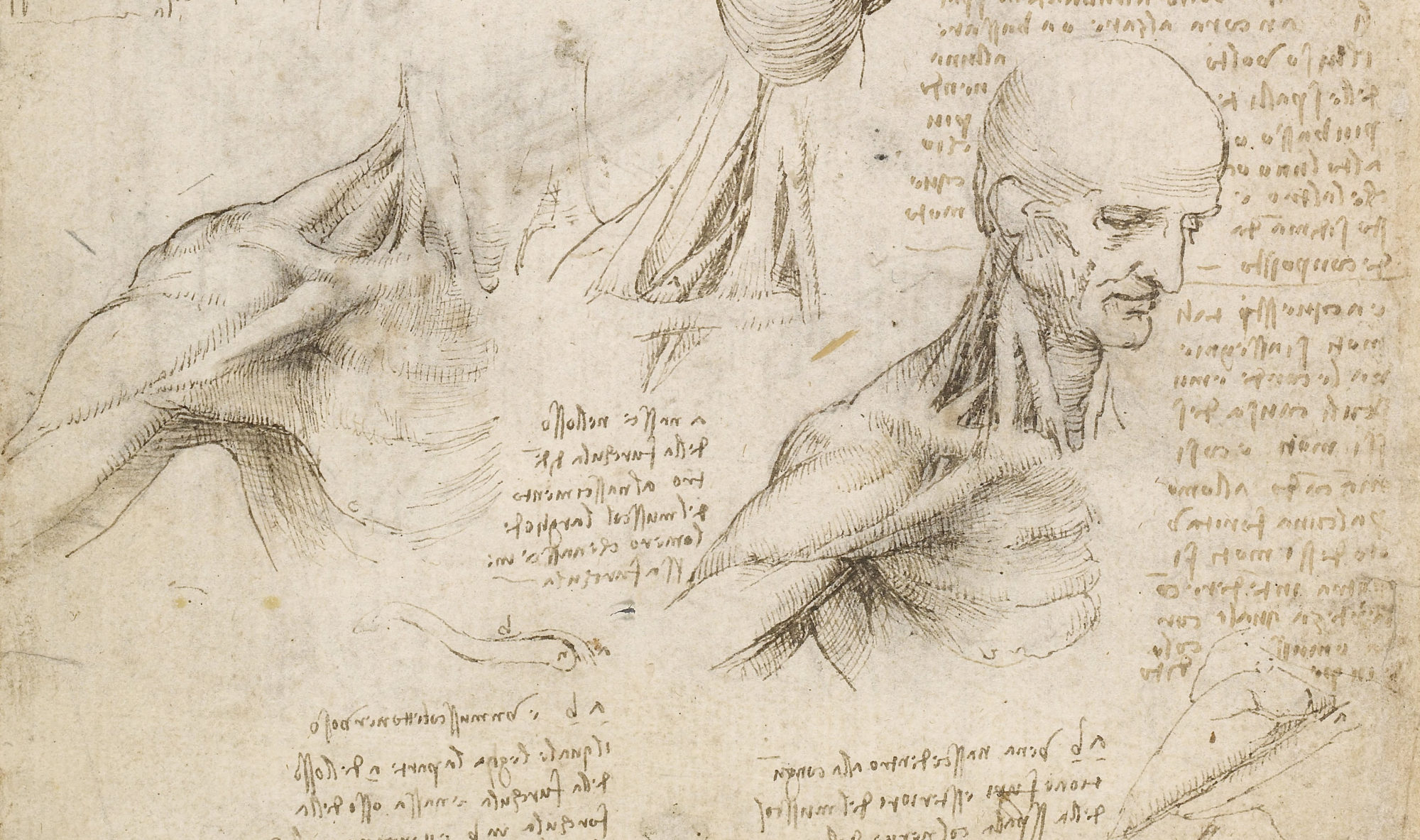A “pulkka” or a Finnish sled is an important piece of equipment, especially if there are hills nearby and you have kids. In addition, before they manage to plow the pavements from too much snow, a pulkka is the best transportation device when taking your kids to the kindergarten. However, ours was broken. Time to learn how to do plastic welding.
Plastic welding of HDPE
Fixing something that is broken and making the “faults” visible is a basis for the Japanese Wabi-sabi aesthetic philosphy. The kintsugi I do is a prime example of this. So why not do some plastic kintsugi as well?
The pulkka is made of High Density Polyethylene (HDPE) and is and excellent material for plastic welding. It melts at around 300°C and thus can be easily achieved with a hot air gun. So after reading the last tips I started working.


I started by drilling small holes at the end of the crack, courtesy of a youtube video. In addition, I used a burr tool to make a slot for the HDPE filling agent. I used my heat gun on the second setting (out of three) and after some maneuvering of the funnel nozzle into place I managed to heat the target and acquire the desired “fogging” effect.
The PE material immediatedly adhered into the target and it was easy to move along and get the stuff into the cracks.

The hardest parts were where the target material had gotten too thin, as the heat almost instantly melted the target material away and I was left with gaps that had to be filled, instead of just joining two parts together. However, the finished product is much sturdier than before I started. Time to see what the kids make of it.


But now I’ve done plastic welding. It wasn’t that bad
Edit: One of the seams cracked under use. I need to re-weld it. Apparently the filling material didn’t get good enough adhesion to the target.

